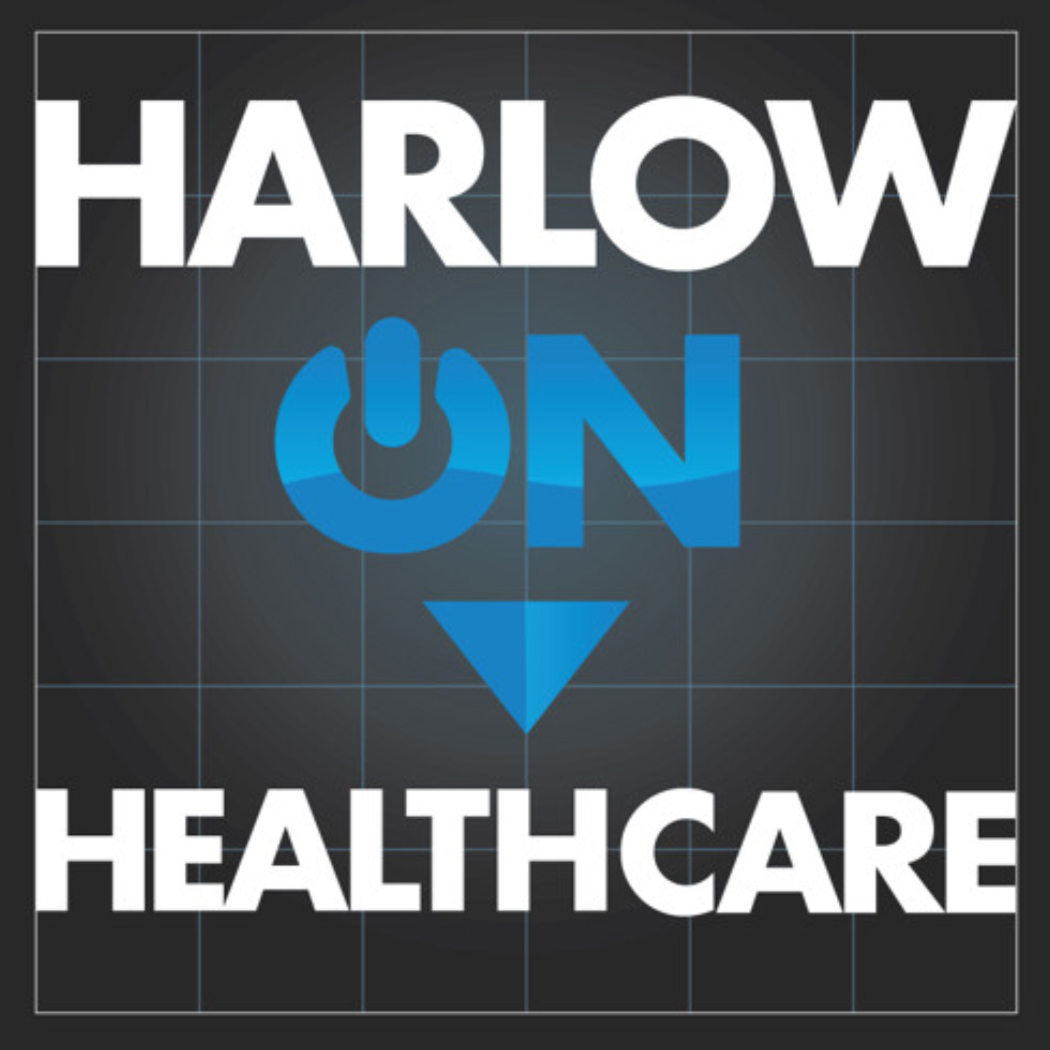By Paul Levy
This guest post is part of the Festschrift of the Blogosphere celebrating HealthBlawg’s Tenth Blogiversary. Festschrift posts are appearing throughout the month of June 2016.
What is it about the practice of medicine that brings out extreme, seemingly incompatible positions? Let’s take the issue of unwarranted clinical variation. All three words matter. Of course, clinical variation is necessary: Bodies and medical conditions come in lots of size and shapes. It would be absurd for us to insist that doctors treat every person in exactly the same way. We must rely on the training, experience, judgment, and creativity of doctors to recognize when variation from a protocol is required. Likewise, we must recognize that many of the most important medical advances occurred because a particularly bright–or lucky–doctor tried out a new procedure, treatment, or device on a patient.
So does that suggest that there is no place for reducing variation in practice? Hardly. The mere existence of wide variation in some clinical process is, in itself, a major cause of harm in the world’s hospitals. You can scarcely be practicing evidence-based medicine if the degree of clinical variation exceeds that which is thoughtfully required. Also, it is difficult to engage in systemic process improvement if there is an insufficient baseline against which to compare the results from experimental steps in improving any given process.
So, in the drive to reduce preventable harm and improve quality of care, where and how should we employ protocols?
Brent James has summarized it well, describing the process of “shared baselines” that is used at Intermountain Healthcare:
- Select a high priority clinical process;
- Create evidence-based best practice guidelines;
- Build the guidelines into the flow of clinical work;
- Use the guidelines as a shared baseline, with doctors free to vary them based on individual patient needs;
- Meanwhile, learn from and (over time) eliminate variation arising from the professionals, while retain variation arising from patients.
Note that this approach demands that doctors modify shared protocols on the basis of patient needs. The aim is not to step between doctors and their patients. This is very different from the free form of patient care that exists generally in medicine. Notes Brent, “We pay for our personal autonomy with the lives of our patients. This is indefensible.” The approach used at Intermountain values variation based on the patient, not the physician.
It can be all to easy to extrapolate from this, though, and say that the answer relies on checklists. To be truly effective, a checklist must be a tool that is wisely used among a group of people. Captain Chesley “Sully” Sullenberger has noted the importance of crew resource management techniques. He has defined CRM as “a compact, with defined goals and responsibilities” among team members. He notes, “These are not soft skills. They are human skills. They have the potential to save more lives than new medical technologies.”
When referring to the interest in checklists, he reminds us: “A checklist alone is not sufficient. What makes it effective are the attitude, behavior and teamwork that go along with the use of it.”
I’d like to see doctors argue less about whether protocols matter than discuss how and where they should be applied. I’d like to see doctors who vary from protocols be required to explain to their colleagues how and why they did so, so that all can benefit from their wisdom and creativity in those situations. Above all, I’d really like to see an end to preventable harm, and unless the profession happily and willingly engages in the science of clinical process improvement, that result will keep receding into the distance.
Paul Levy was President and CEO of Beth Israel Deaconess Medical Center from 2002-2011. He wrote a blog, Not Running A Hospital, for nine years, ending with this post.



Thank you.
“The 4 Main Reasons We Fail Reforming Health Care: Cost Fears, Variation, Poor Collaboration and Understanding.” Please see:
link to managingmanagedcare.com
Healthcare is in need of a process that can transform patient care rapidly. The proposed five-step improvement process iterated over thousands of hospitals will take years and decades to transform healthcare. Peer review networking can be rapidly implemented in a passive manner, allow providers to immediately see how to deliver patient care better using the physician’s case management as a mentoring tool, allow physicians to learn from other physicians errors and create immediate change.
link to openforum.hbs.org